- Home
- ADC Development
- Antibody Discovery for ADC Development
Antibody Discovery for ADC Development Services
While conventional cancer therapies (surgery, chemo therapy, and radiation therapy) have shown some success in the battle again cancer, they are often accompanied by complex and sometimes, severe side-effects due to the lack of target specificity. To circumvent this flaw and improve the efficacy and safety of cancer treatment, targeted cancer therapies, especially antibody-drug conjugates (ADCs), have been actively exploited and they are gaining a significant amount of attention during the recent years.
By design, an ADC utilizes a monoclonal antibody to specifically deliver the toxic payload into target antigen expressing tumor cells, thus reducing or ideally, eliminating the payload cytotoxicity to healthy tissues. Not all tumor proteins can serve as ADC targets. To do so, they must meet these stringent criteria:
- Cell surface localization: to allow efficient antibody/ADC binding.
- Tumor specific with decent protein expression: to ensure ADC specificity and efficacy.
- Higher tumor surface expression: if the identification of a tumor specific antigen is proven to be difficult, a shared cell surface antigen can also be considered under the condition that it shows a much higher expression at cancer cell surfaces comparing to that on normal cells to reduce collateral damages.
- Internalization: to ensure the ADC incorporation via receptor mediated endocytosis upon ADC binding.
- Desired turnover time: to facilitate maximizing ADC efficiency and efficacy.
Once an antigen is identified, the first step in an ADC development project is via extensive screening, to acquire a few suitable monoclonal antibodies for specific target recognition. With over a decade of experience and several comprehensive antibody libraries, Creative Biolabs is dedicated to help our clients screen for antibodies with high antigen specificity and binding affinity using our well-established phage display platform for ADC development. We also offer antibody humanization services to elegantly engraft the selected antibody CDR regions into the most suitable human framework for ADCs designated in human uses.
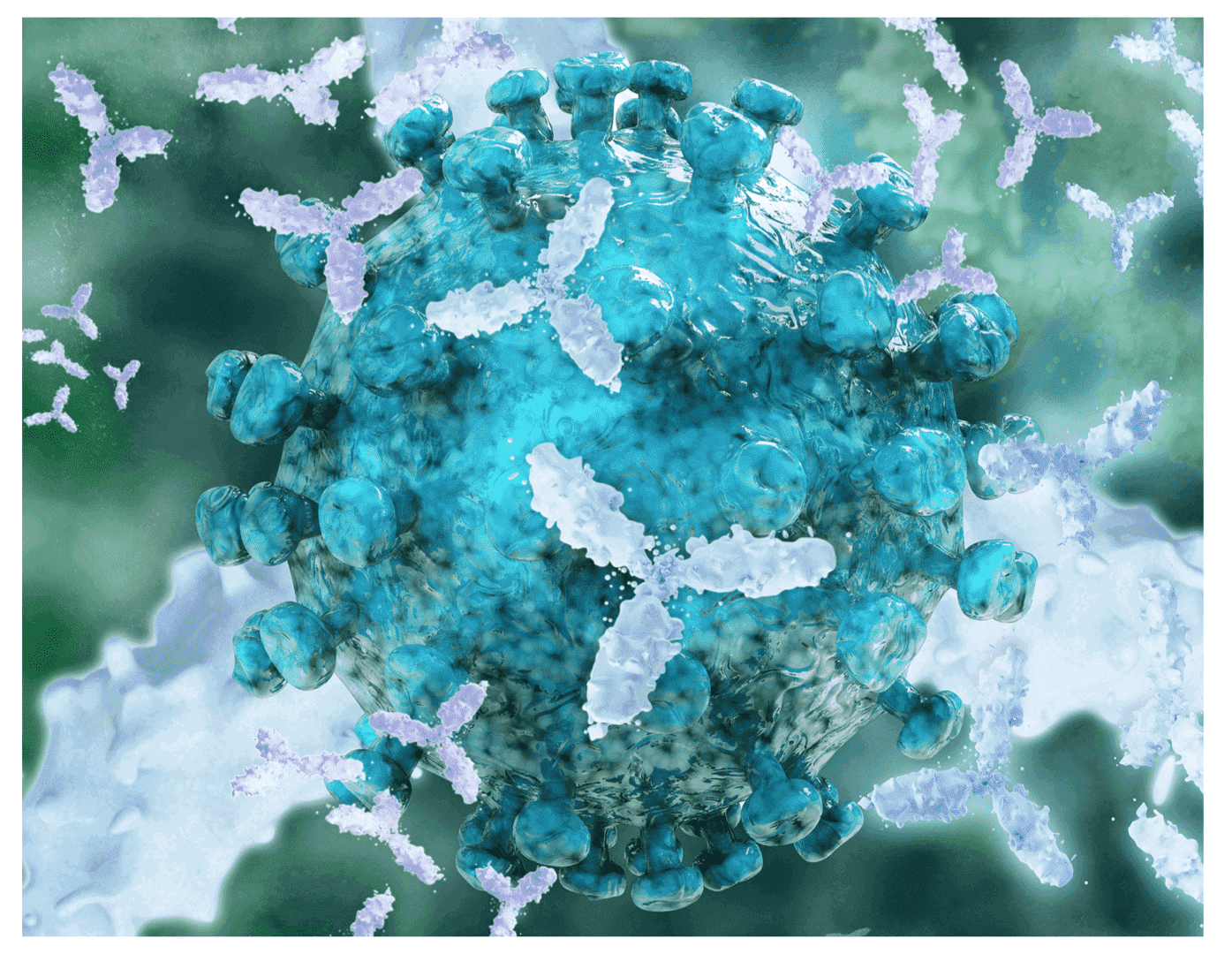 Illustration of antibody-antigen recognition.
Illustration of antibody-antigen recognition.
Other than good specificity and binding affinity, a successful ADC antibody must also exert strong tendency for internalization after antigen binding. Since most of the toxic payloads function by disrupting important cellular pathways, antibody internalization via receptor mediated endocytosis is a prerequisite for strong ADC efficacy. Creative Biolabs has developed a unique "internalizing antibody screening" service platform to screen for "internalizing" antibodies via methods such as pH-sensitive dye, fluorescent labeling….
Yet for a quick, high throughput screening of antibodies suitable for ADC applications, Creative Biolabs has prepared a series of "Anti-Ab ADCs" that are essentially antibody recognizing proteins (for instance protein A, protein G, polyclonal secondary antibodies against Fc region) conjugated with various toxin-linker complexes (e.g. Mc-MMAF, Mc-vc-MMAE…). After treating cancer cells with different antibodies at a lower temperature to achieve antibody binding, the "Anti-Ab ADCs" are deployed to interact with those antibodies and by doing so, attaching the toxins to the tested antibodies. The temperature of the system then rises to allow potential internalization. By assessing the toxic effects generated by the "Anti-Ab ADCs", the internalization abilities of the targeted antibodies are evaluated. This result can provide useful information to guide the selection of ADC antibodies.
With years of experience in ADC design, production, and analysis, Creative Biolabs has gained significant knowledge in ADC antibody screening. We are more than happy to share our experience and help our customers with this tragically important step in ADC development. Please contact us for more information and a detailed quote.
Case Study
For Research Use Only. NOT FOR CLINICAL USE.
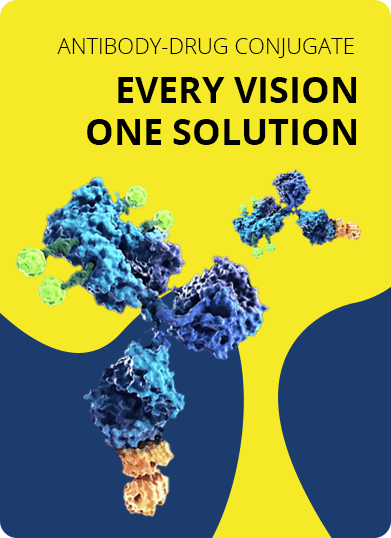
Online Inquiry
Welcome! For price inquiries, please feel free to contact us through the form on the left side. We will get back to you as soon as possible.

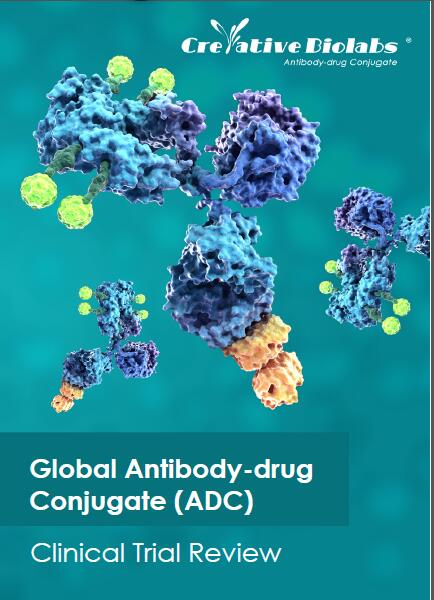 ADC Clinical Trial Review
ADC Clinical Trial Review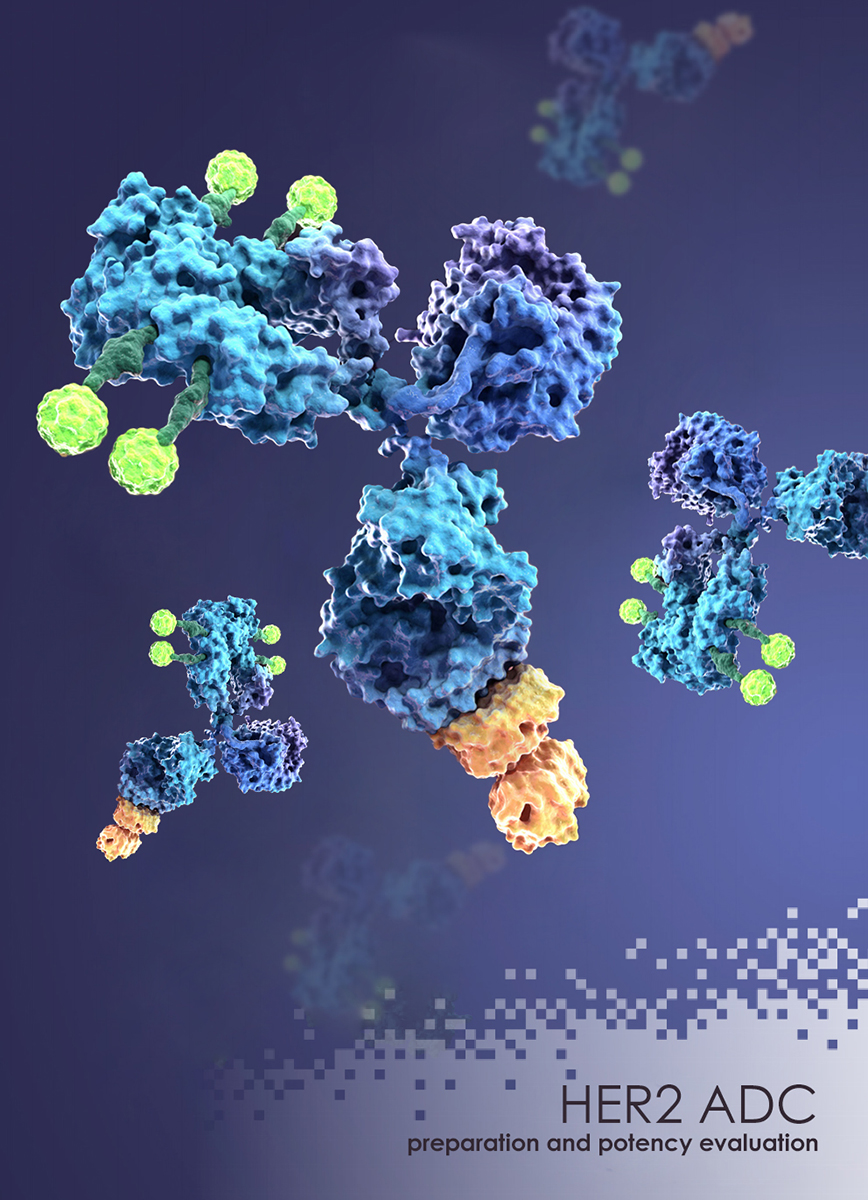 Anti-HER2 ADC Preparation & Potency Evaluation
Anti-HER2 ADC Preparation & Potency Evaluation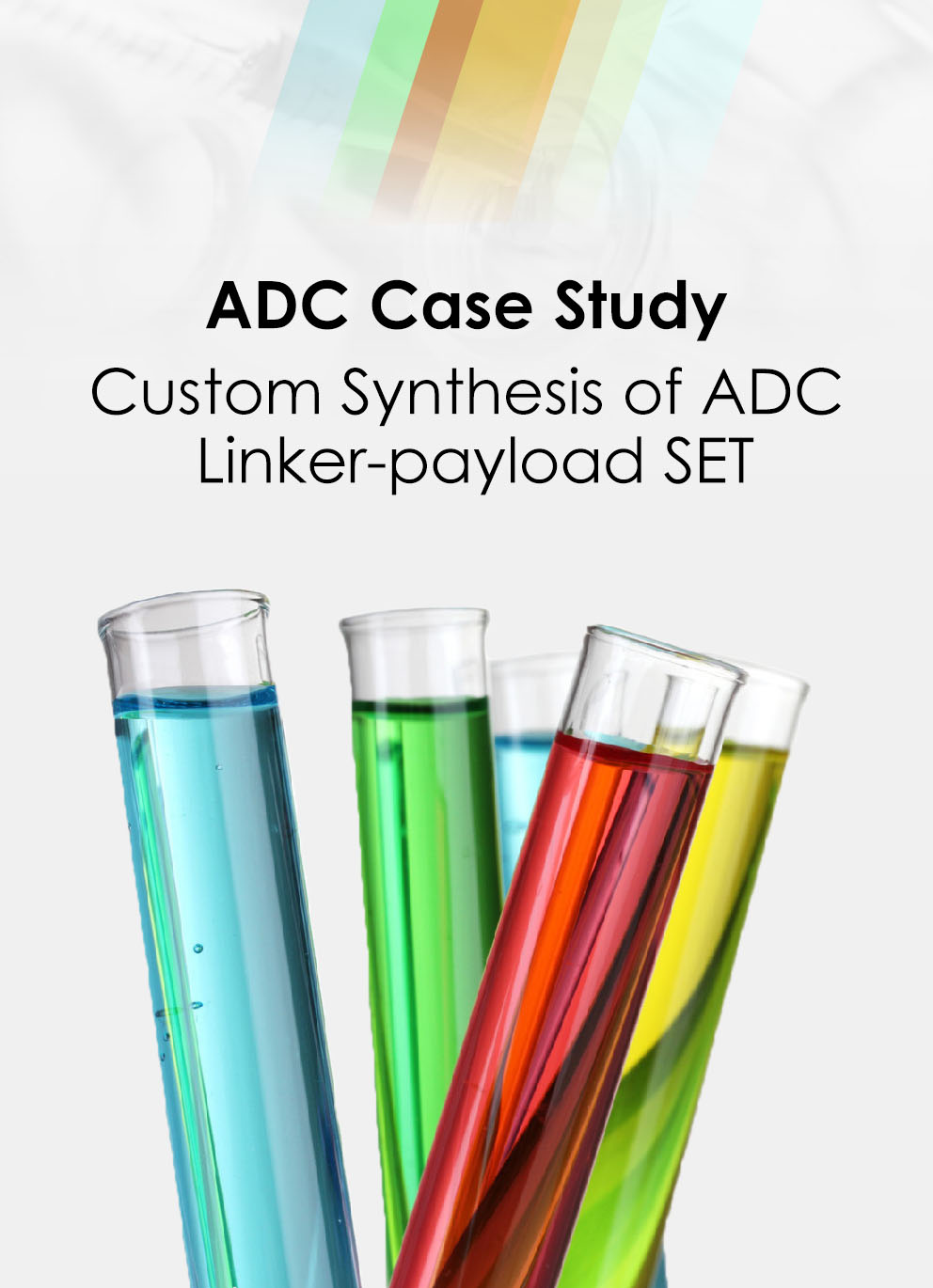 Custom Synthesis of ADC Linker-payload SET
Custom Synthesis of ADC Linker-payload SET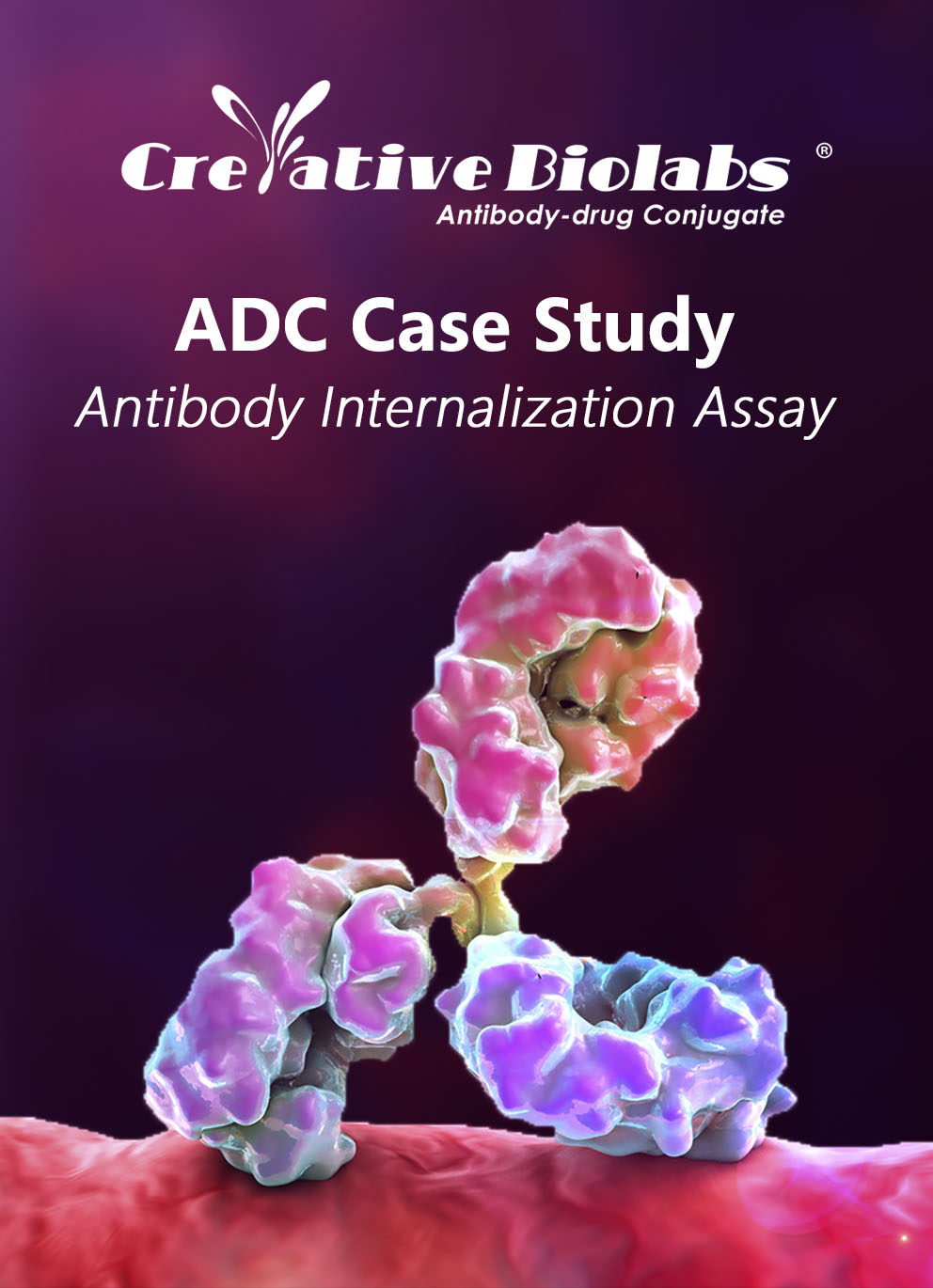 Antibody Internalization Assay
Antibody Internalization Assay